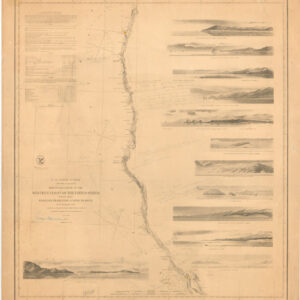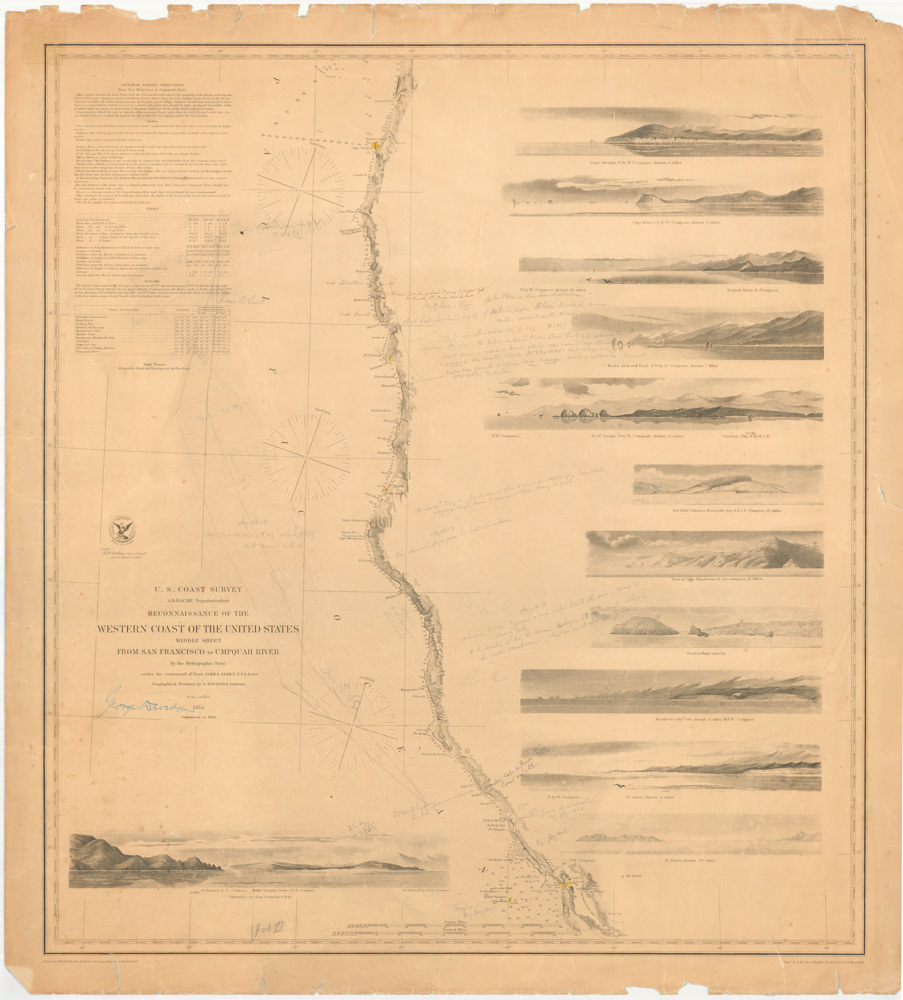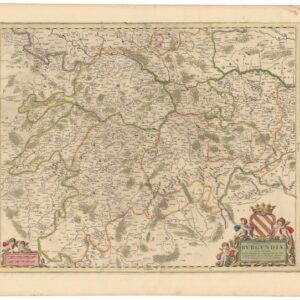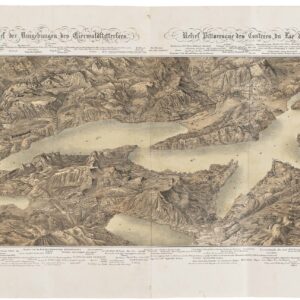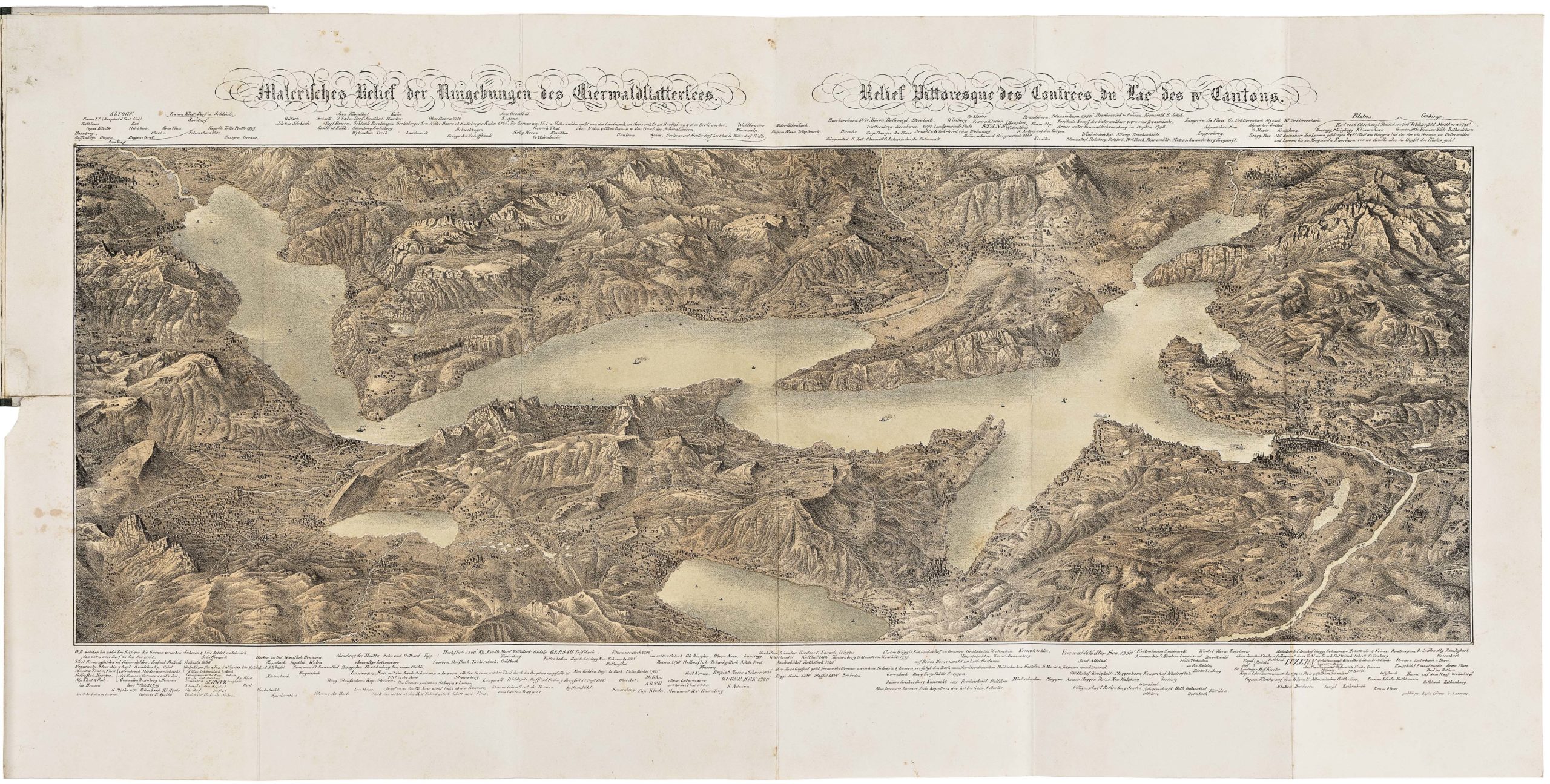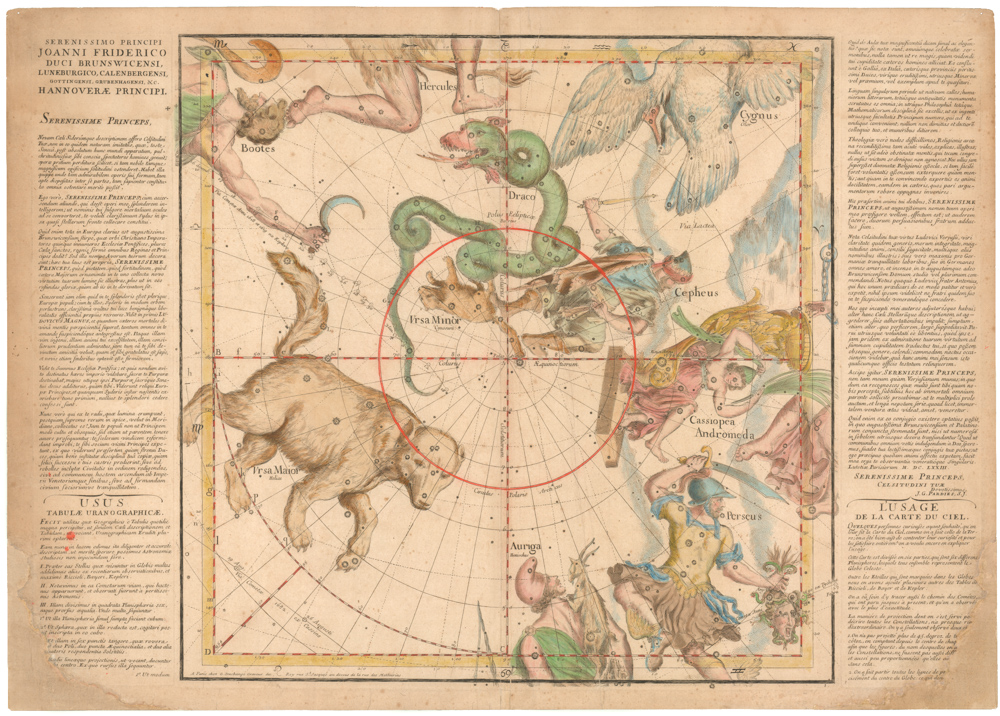A remarkable 1889 thematic calligram of the Eiffel Tour.
La Tour de 300 mètres, construite en 300 vers
Out of stock
Description
This is a fascinating and very rare calligram in the shape of the Eiffel Tower, published by the Imprimerie Lefebvre to accompany the book La Tour de 300 mètres, construite en 300 vers by Armand Bourgade. The top portion of the text consists of paeans to the tower and its architect, while the bottom half includes poems and texts encouraging French patriotism and Parisian civic pride, both of which were bolstered by the hosting of the International Exposition in 1889.
This calligram is only known to exist in the collections of the Musée d’Orsay and the Musée Carnavalet, while Bourgade’s book is held by the Bibliothèque nationale de France. In the course of the Exposition and in the following years, a number of other artists depicted the tower in text, though these are also very rare and the authorship unknown (one exception is Alexandre Verdel’s La Tour patriotique, also at the Musée d’Orsay). The most famous piece in this mini-genre was by the avant-garde writer and poet Guillaume Apollinaire, who published a series of calligrams dealing with the First World War in 1918, including a short patriotic poem in the shape of the Eiffel Tower.
The tower was built as the centerpiece of the 1889 World’s Fair (Exposition universelle) by Compagnie des Établissements Eiffel, headed by Gustave Eiffel, by that time already a well-established engineer known for his especially innovative designs using metal. The proposed tower faced several steep obstacles, including underfunding, technical challenges, and opposition from those who thought a 300-meter metal tower would be impossible to construct or impossibly ugly.
The entire construction process took just over two years, a remarkable achievement given the technical challenges that needed to be overcome, including two of the legs nearer to the Seine needing compressed-air caissons buried deep in the ground to support the concrete slabs that formed the foundation of the tower. Although despised by many leading Parisian artists and intellectuals, the tower was extremely popular with the public once it opened in March 1889. Moreover, the tower served a practical function for purposes of radiotelegraphy and scientific experimentation. Therefore, it was not demolished after twenty years as originally planned but maintained and modified to facilitate large numbers of visitors. It remained the tallest structure in the world for forty years and is still the tallest structure in Paris, and is one of the most popular tourist sites in the world.
The text in the calligram proved to be prescient, as the tower has come to serve as a symbol for Paris, France, and Europe as a whole, along with science, progress, and modernity.
Cartographer(s):
Armand Bourgade was a famous French author active in the second half of the 19th century.
Imprimerie LefebvreImprimerie Lefebvre was a publishing house based in Paris.
Condition Description
Some wear and discoloration. Repairs visible along fold lines on verso.
References
OCLC Number: 457117142.
